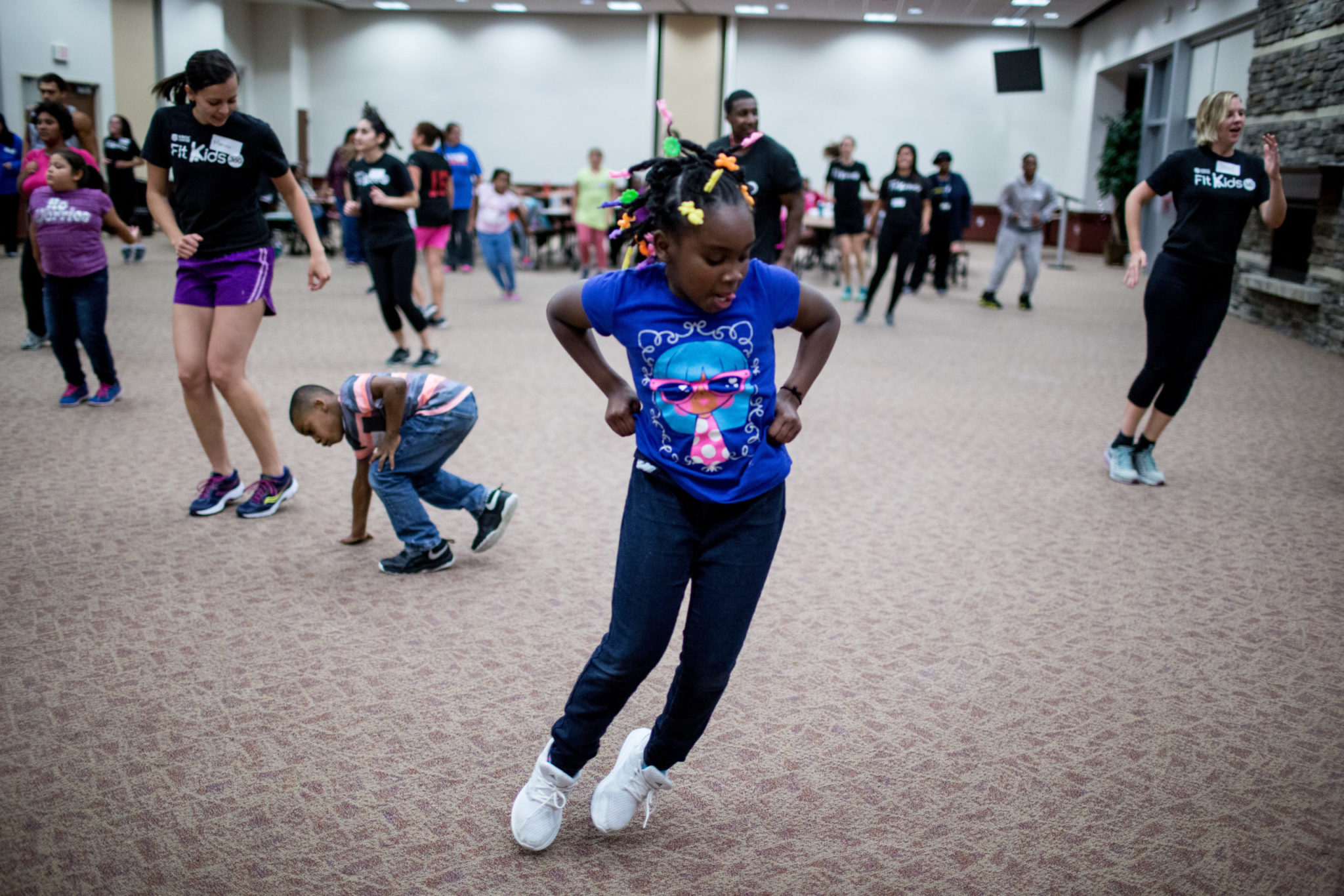
Four years out from our first proactive grant rounds, we’re now able to look at those projects with a wider lens—examining how effective they were, how they fared after our funding window ended, and what lessons they hold for our future grantmaking. We put Public Sector Consultants and Public Policy Associates up to the task, looking for more information on the million-dollar question: What makes an effective project effective?
What we learned: there’s no be-all and end-all recipe for success, boxes to check to guarantee everything will go smoothly. Every program is different, and what works for one organization may not work for another. Fortunately, there are some key ingredients. These reports highlight some of those ingredients, from building strong partnerships to ensuring you understand what your community really needs. And although every intervention is different, these key lessons can be taken and personalized by organizations of all kinds.
Take a look at the full reports (linked above) to get a more complete picture of the evaluators’ takeaways.
BEHAVIORAL HEALTH
The 2016 and 2017 Behavioral Health Cohort Report describes some of the key factors that contributed to successful interventions, including supportive infrastructure, strong partnerships, and high demand or need for project services. The report found that those same factors were crucial for ensuring project sustainability, which most were able to do. Some projects have even begun to scale their projects, expanding into additional areas of work.
PSC lists numerous organizations as being representative of progress towards Health Fund goals and aims. In the area of increasing access to behavioral healthcare, three categories are highlighted: enhanced workforce skills, increased clinical integration, and behavioral health services in schools. The University of Michigan’s (U-M’s) Transforming Research into Action to Improve the Lives of Students (TRAILS) program is an example of enhancing workforce, as it involved training nearly 150 behavioral health providers across the state in cognitive behavioral therapy (CBT), while the collaboration between the Ruth Ellis Center and Henry Ford Health System is emblematic of work in integration, as they worked to integrate behavioral and primary care services in Ruth Ellis Center’s Health and Wellness Center.
The report includes more examples of projects in those categories as well as projects that improved behavioral health outcomes, decreased healthcare costs, and informed public policy.
HEALTHY AGING
Though the 2016 and 2017 Health Aging cohorts served a different population than the Behavioral Health program, many of the report’s key takeaways were similar. Like the Behavioral Health report, the Healthy Aging Cohort Report found that projects that incorporated formalized partnerships, sustained funding streams, and high demand for services had the most success. PSC also noted that programs involving those at a formative stage of their careers, like university students, were typically correlated with success, and success factors were strongly connected to project sustainability.
The 2016 and 2017 cohorts progressed on many of the Health Fund’s goals and aims, including increasing access to healthy aging services, improving health outcomes, decreasing healthcare costs, improving patient experience, and informing public policy. For example, Calvin University helped to improve health outcomes by educating more than 300 older adults about fall prevention. Those adults reported zero emergency department visits due to falls in the six months following the program.
In the “decrease healthcare costs” category, Region VII AAA improved coordination and communication between healthcare providers and home- and community-based organizations for 500 program participants, reducing hospital readmission rates from 15% to 3%, which amounted to an estimated $1 million in Medicare savings.
NUTRITION AND HEALTHY LIFESTYLES
In the 2017 Nutrition and Healthy Lifestyles Cohort Report, PPA measured grant success through various lenses, including sustainability, collaboration and leverage, and process outputs, and they took a look at change at both the individual and system-wide level. Overall, the report concluded that the cohort “made great strides” toward Health Fund goals, and like the other two reports, it highlighted the importance of strong partnerships. It also emphasized that what sustainability looks like varies across projects.
This report highlighted various process accomplishments, including deep engagement with partners, expansion of networks, and development of new infrastructure, capacity, and resources. One example of lasting infrastructure: the Public Health, Delta & Menominee Counties’ Healthy Kids U.P. Resource Guide, an interactive map showing fitness, nutrition, and health resources for youth in 15 counties. And as an example of a notable partnership, PPA cited the Inter-Tribal Council of Michigan’s Michigan Tribal Food Access Collaborative Project, a statewide tribal food access community of learning.
CONCLUSION
These three reports provide valuable insight on the successes and challenges of our first two years of grants in our three proactive grant programs. The projects we funded in those first couple years—2016 and 2017—set the stage for what would become the Health Fund’s signature annual funding rounds, and many of the lessons we learned then still ring true today.
